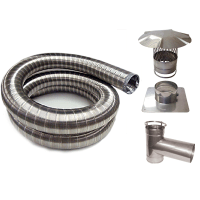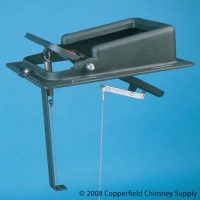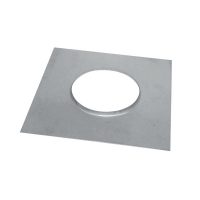Different kinds of home insulation, is available to consumers. Careful consideration, were insulation will be installed, and amount required. Always, check local and state building codes, for further information, and requirements. When hiring someone to install insulation, make sure the company or business is licensed, and knowledgeable of all building codes, regarding insulation.
Recommended, insulation in knee walls of attic spaces, cathedral or vaulted ceilings, around the perimeters of slabs (prevent cold from entering), floors above vented crawl spaces, basement walls, band and head joists, interior walls, and wall between the garage and living space. Good insulation, will increase energy efficiency, and reduce the cost for energy or electricity.
United States Department of Energy (DOE) Weatherization Assistance Program provides low income, families with assistance, for home improvements, including energy efficiency, through improving home insulation. In July 2005, the DOE provided $92.5, for low income, families in nineteen states.
Different Types of Home Insulation
Asbestos is a mineral fiber, used during the 1970s, in building products, because it was fireproof, good thermal insulator, and easily made into fabrics. Covered pipe coverings, oil and coal furnaces. Also, a good insulator for hot water and steam pipes. Further investigation, of asbestos, caused Mesothelioma, a type of lung cancer, and cancers of the gastrointestinal tract. The Environmental Protection Agency banned the use of asbestos, in July 1989.
Fiber Glass or fibrous glass dust is a soft wool material, produced from molten sand and inorganic materials. According to Environmental Protection Agency, at least twenty percent of cycled glass is added to Fiber Glass. Advantages using Fiber Glass: Absorb sound, control heat, reinforce materials with extra strength, and help control water condensation.
When installed, usually a pink or yellow color. Fiber Glass installed in ventilation systems, prevent loss of heat / cold air, and reduce fan noise. Disadvantages using Fiber Glass: Causing skin, eye, nose, and throat irritations. Long term exposure to Fiber Glass, may lead to permanent lung disease.
Reducing exposure to medical problems, related to Fiber Glass, by working in ventilated area, keep away from skin and eye exposure, by wearing gloves, and eye protection. Also, wash exposed skin frequently, and ever day clean work cloths.
Mineral Wool insulation refers two different materials: Slag wool and rock wool. Slag wool produced from iron or blast furnace slag, an industrial waste product. Rock wool produced from natural rocks. Slag wool is approximately, eighty percent of the mineral wool industry, and twenty percent for rock wool. Mineral wool insulation can reduce, residential energy bills by 40 percent, save to install and no exposure, for respiratory disease or cancer.
Cellulose insulation contains eighty percent of recycled newspapers, fire retardant chemicals, and in some products, acrylic binders. Advantages: Less expensive to install than fiberglass, better thermal insulator, better sound barrier than fiberglass, and greater savings then fiberglass.
Cellulose insulation is blown through, several hundred feet of four inch tubing, either into attics or wall cavities. Heating and cooling bills are reduced by 15 to 30 percent. Disadvantage using Cellulose insulation: Over a period of time, the material well settle or reduce it’s thickness, which will reduce it efficiency, by twenty percent of it’s R – Value (resistance to heat flow).
Recommended upon installation, add twenty-five percent, to compensate for future energy loss. Any exposure to moisture, will reduce significantly the effectiveness of this insulation.
Four different types foam insulation, commonly used for residential and commercial application. Most common foam insulation is polystyrene. Emerges as foam, when cooled down, forms a shape, and trimmed to a specific dimension. Spray foam used for insulation of roofs, inside walls, foundations, entry and overhead garage doors, pipes, tanks and climate controlled storage units. Maintains a very high R – value, compared to other insulation’s.
Covering foam, with rubber or plastic membranes or layers of asphalt, will protect the insulation, from degradation of the sun’s ultraviolet rays. Molded Expanded Polystyrene Boards are molded, into common everyday items, including: Coffee cups, picnic ice chests, and shipping materials. Extruded Expanded Polystyrene Boards: Density 1.5 pounds per cubic foot, higher R – value compared to Molded Expanded polystyrene, and suitable for use on roofs and, facing interior or exterior basement walls. Polyurethane and polyisocyanurate are similar foams to polystyrene, except having a more fire resistant, and slightly higher R – value. Installing these boards, seal seems with tape or caulking, are added to prevent air infiltration.
Sometimes, polystyrene boards are treated with an insecticide, preventing any infestation, and fire retardant material. Consumers can purchase small bottles of spray containing, rigid foam insulation, effectively used to seal cracks in doors, and windows, sealing off any airflow. These closed — cell foams are better insulators, than other products, and have an R – Value of six, compared to R – Value of three for fiberglass. Expected savings: 30 – 50 percent on home heating and cooling cost.






